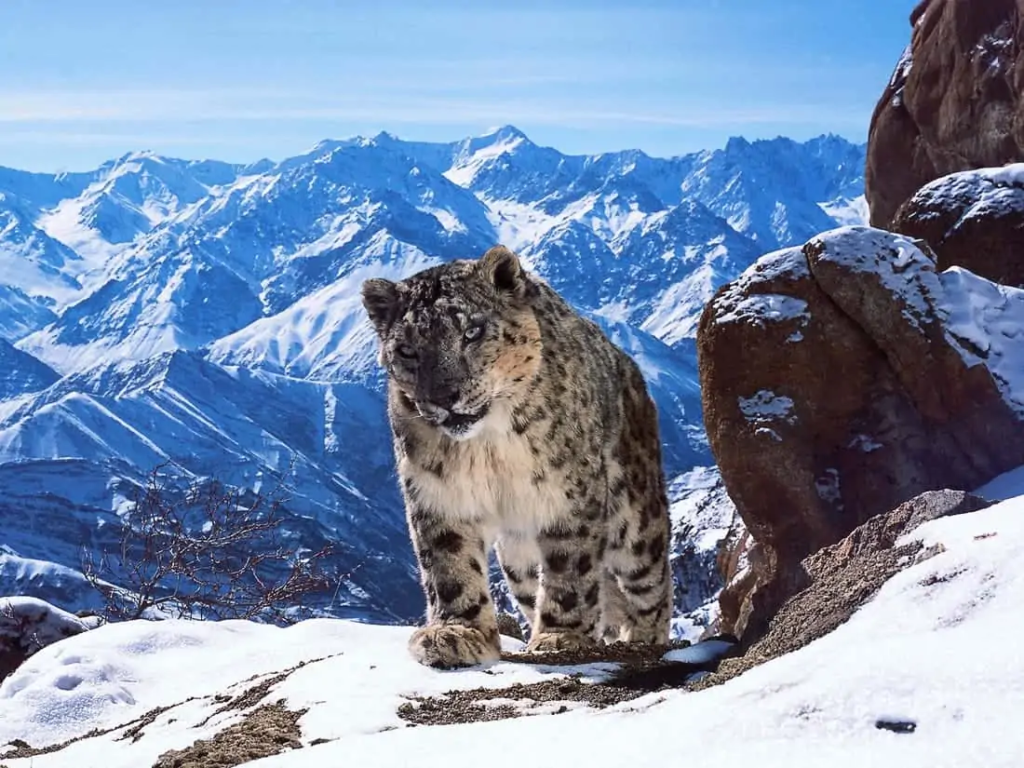Cobras are some of the most feared snakes on the planet, known for their venomous bites and iconic hoods.
These snakes can be found in various regions across Africa and Asia, and they have developed highly effective defense mechanisms and lethal venom to protect themselves and hunt for prey. In this article, we will look at five of the most dangerous cobras in the world, known for their potent venom, aggressive behavior, and fearsome reputation.
1. King Cobra (Ophiophagus hannah)
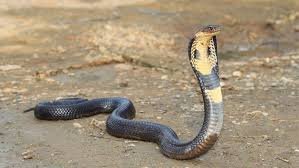
The King Cobra holds the title of the longest venomous snake in the world and is regarded as one of the most dangerous cobras. It is highly revered due to its size, venom, and impressive hunting abilities.
Venom and Threat:
- Venom: The King Cobra’s venom contains neurotoxins that attack the victim’s nervous system. A single bite can deliver enough venom to kill an elephant or several humans. However, this snake is not generally aggressive unless threatened.
- Symptoms: Symptoms from a bite can include dizziness, paralysis, respiratory failure, and death if not treated promptly.
Habitat:
- The King Cobra is found throughout Southeast Asia, including India, China, and Indonesia. It primarily inhabits forests and jungles, where it hunts other snakes, including venomous ones like kraits and other cobras.
Unique Characteristics:
- The King Cobra is highly intelligent and can recognize its prey from a distance. It also has a distinctive hood that it expands when threatened, making it a truly imposing figure.
2. Indochinese Cobra (Naja siamensis)

The Indochinese Cobra is a highly venomous snake found in Southeast Asia. Like other cobras, it has the ability to expand its hood and deliver a fatal bite.
Venom and Threat:
- Venom: The venom of the Indochinese Cobra is a potent neurotoxin that attacks the nervous system, causing paralysis and potentially death. Its venom can also cause severe tissue damage if not treated immediately.
- Symptoms: Victims of a bite can experience dizziness, difficulty breathing, blurred vision, and in extreme cases, death from respiratory failure.
Habitat:
- This species is found in Cambodia, Vietnam, Laos, and Thailand, often in forests and agricultural areas. It is commonly encountered near human settlements and has a reputation for being very defensive when threatened.
Unique Characteristics:
- The Indochinese Cobra’s defensive behavior and ability to deliver lethal venom make it one of the most dangerous snakes in the region. It often raises its hood and hisses loudly as a warning before striking.
3. Egyptian Cobra (Naja haje)
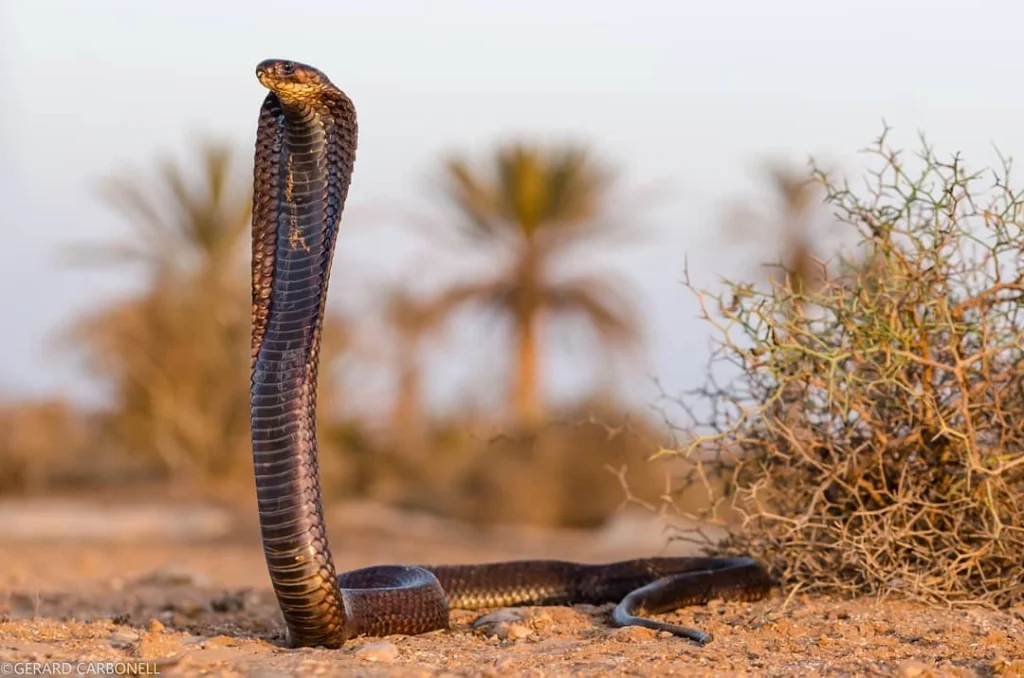
The Egyptian Cobra, also known as the Asiatic Cobra, is one of the most dangerous cobras in Africa and is known for its fearsome presence and lethal venom. It has been historically significant, often seen in ancient Egyptian art and mythology.
Venom and Threat:
- Venom: The venom of the Egyptian Cobra is highly potent, with a mix of neurotoxins that can cause paralysis and respiratory failure. Its venom works quickly, and death can occur within hours if not treated with antivenom.
- Symptoms: The bite can lead to pain at the site, difficulty breathing, paralysis, and eventual death if medical intervention is not sought immediately.
Habitat:
- The Egyptian Cobra is found across Africa and parts of the Middle East, particularly in Egypt, where it is often found in desert regions, rocky hills, and agricultural areas.
Unique Characteristics:
- Known for its ability to deliver powerful strikes, the Egyptian Cobra is aggressive when cornered or threatened. Its hood, which is a key feature of cobras, can expand wide when it feels threatened, making it a formidable opponent.
4. Forest Cobra (Naja melanoleuca)
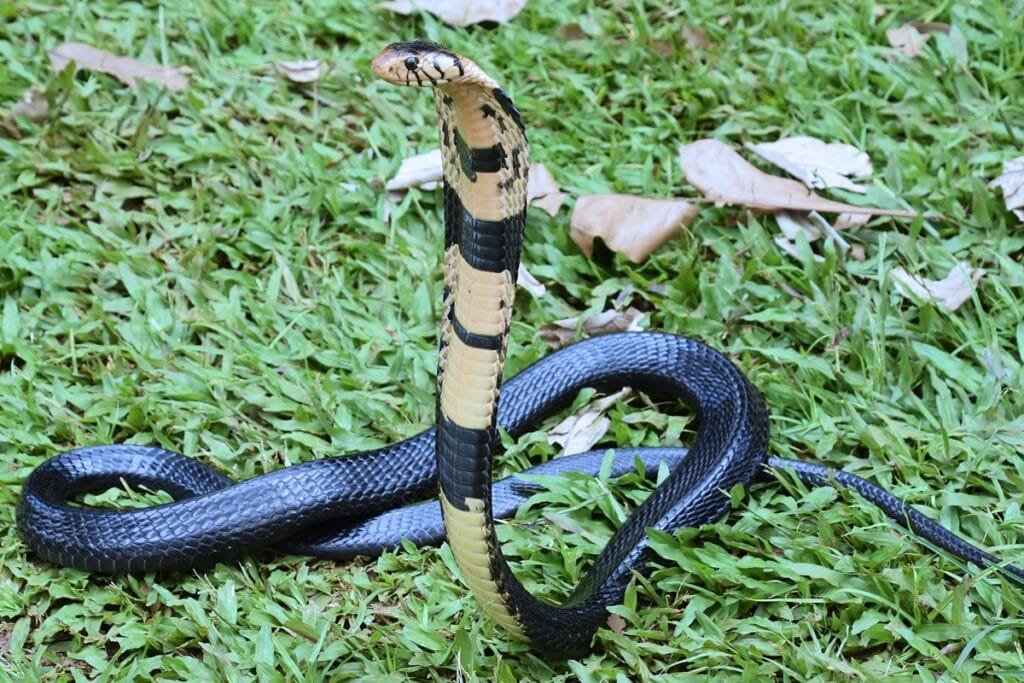
The Forest Cobra is another highly dangerous species found in sub-Saharan Africa. It is not as well-known as the King Cobra but is equally venomous and highly aggressive when threatened.
Venom and Threat:
- Venom: The venom of the Forest Cobra is extremely potent, containing both neurotoxins and cardiotoxins, which affect both the nervous and circulatory systems. A bite can quickly lead to paralysis
- respiratory failure, and death if not treated immediately.
- Symptoms: Swelling, pain at the bite site, dizziness, difficulty breathing, and death from paralysis can occur without antivenom.
Habitat:
- The Forest Cobra is native to the rainforests and savannas of central and West Africa. It is typically found in forests, though it can sometimes be spotted near human settlements, especially when it is foraging for food.
Unique Characteristics:
- Forest Cobras are known for being highly aggressive, especially when cornered. They can raise their hood and deliver a swift strike, making them a dangerous snake to encounter.
5. Black-and-White Spitting Cobra (Naja nigricollis)
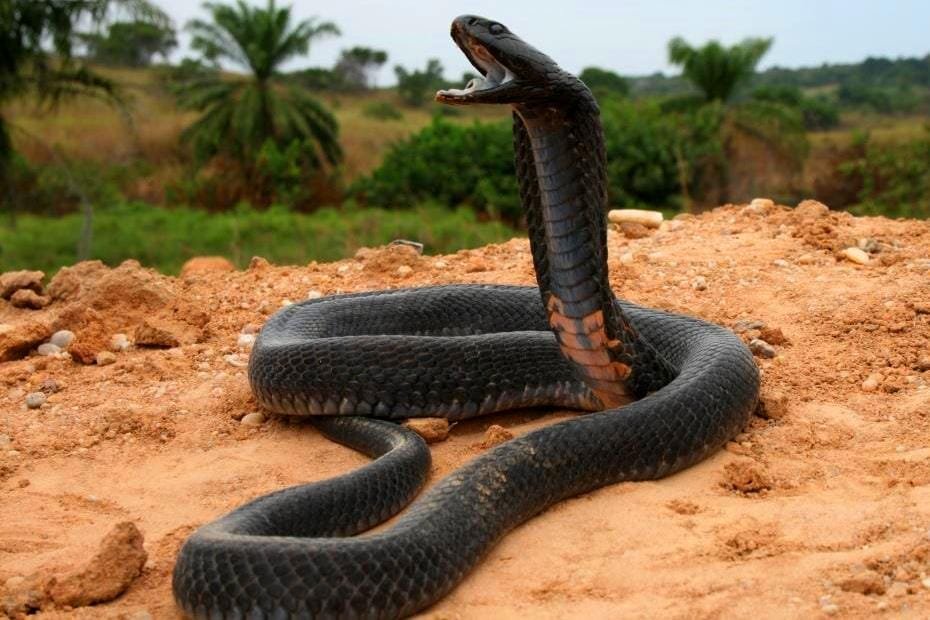
The Black-and-White Spitting Cobra is a venomous snake found in parts of sub-Saharan Africa. It is unique in that it is one of the few cobras that can spit venom as a defense mechanism.
Venom and Threat:
- Venom: The venom of the Black-and-White Spitting Cobra contains neurotoxins that affect the nervous system, causing paralysis and death. Its ability to spit venom with incredible accuracy (up to 10 feet) can blind a victim if it hits the eyes. This is a defense mechanism that allows the snake to ward off threats from a distance.
- Symptoms: If bitten or sprayed in the eyes, victims will experience intense pain, swelling, and blindness, which can become permanent without immediate medical care.
Habitat:
- This species is commonly found in dry, open areas, such as savannas and scrublands across sub-Saharan Africa. It is often seen in areas near human habitation, where it hunts small mammals and reptiles.
Unique Characteristics:
- The Black-and-White Spitting Cobra’s ability to spit venom is one of its most unique features. When threatened, it can aim and deliver venom with surprising accuracy, making it one of the most dangerous cobras.
Cobras are among the most formidable and venomous snakes in the world, and the five species listed above represent the most dangerous of them all. From the enormous and intelligent King Cobra to the venomous and defensive Black-and-White Spitting Cobra, these snakes have evolved to become effective predators and fearsome protectors of their territories. While many cobras prefer to avoid human contact, they remain a reminder of the power and mystery of nature’s most dangerous creatures. If you ever encounter a cobra in the wild, it’s important to remain cautious and respectful of their space.


